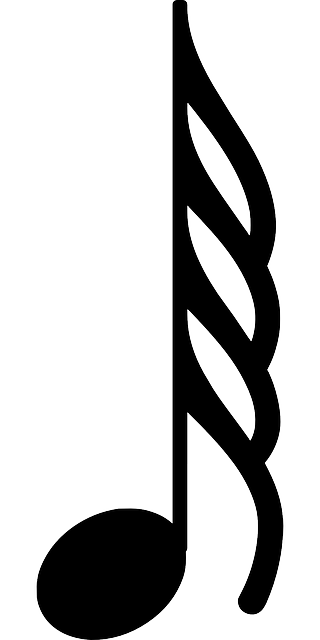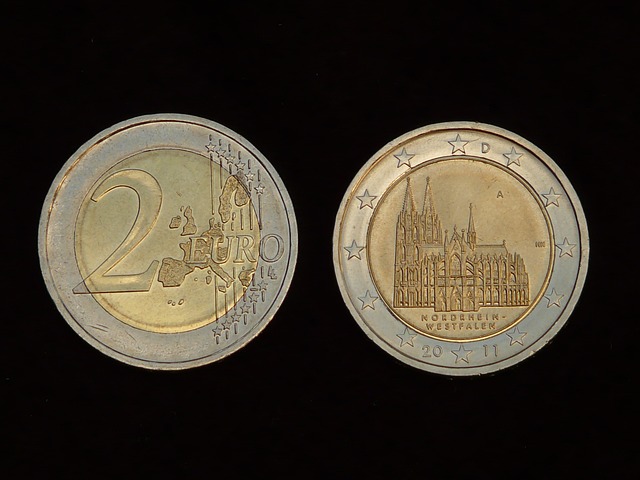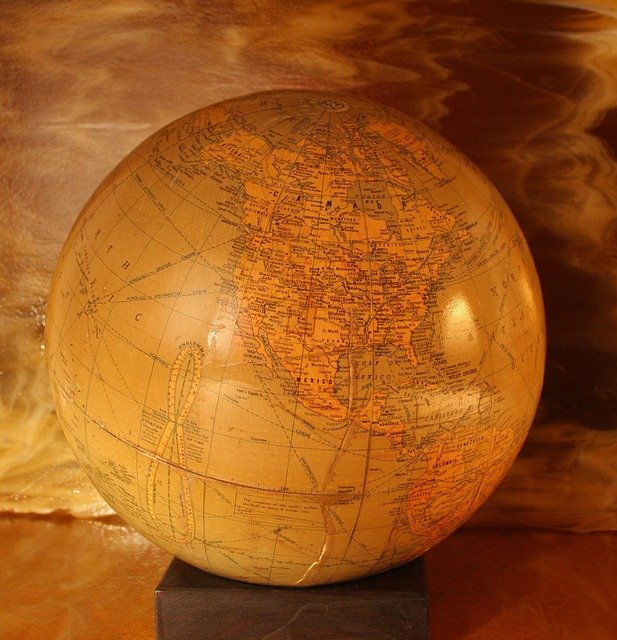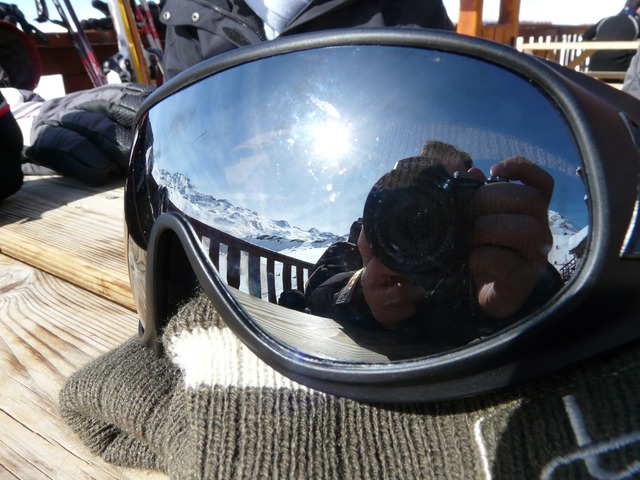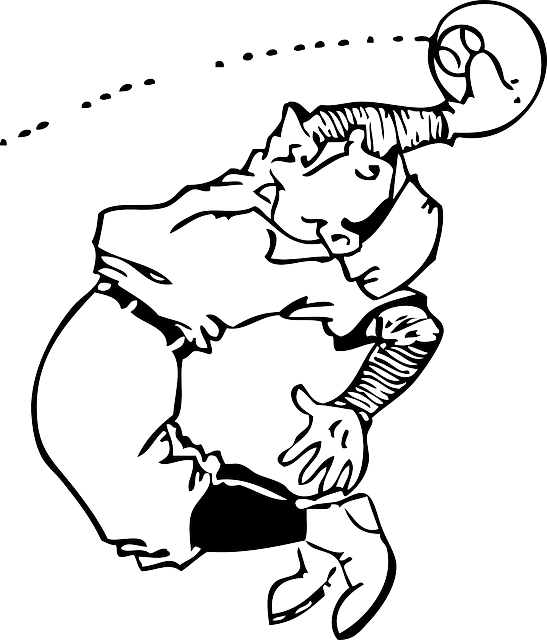نغمة (لغويات)
النغمة Tone، هي استخدام الحدة في اللغة لتمييز المعنى المعجمي أوالنحوي - أي، تمييز أوتصريف الحدثات. جميع اللغات اللفظية تستخدم الحدة للتعبير عن المعلومات العاطفية وغيرها من المعلومات اللغوية المحاذية، وللتعبير عن التشديد، التناقض، والسمات المماثلة الأخرى فيما يسمى بالتنغيم، ولكن ليست جميع اللغات تستخدم النغمات لتمييز الحدثات أوتصريفاتها، على نحومماثل للحروف الساكنة وحروف العلة. اللغات التي تحمل هذه السمة يطلق عليها اللغات النغمية؛ والنغمة المميزة لمثل هذه اللغات تسمى أحياناً التونيم tonemes، قياساً بالفونيم. اللغات النغمية شائعة في أفريقيا، شرق آسيا، والمكسيك، لكنها نادرة في المناطق الأخرى في آسيا وأوروپا؛ حيث تشكل اللغات النغمية سبعة بالمائة من لغات العالم.
في الكثير من اللغات الأفريقية النغمية، مثل لغات البانتو، تُميز النغمات عن طريق مستوى حدتها قياساً لبعضها البعض، ولذي يعهد بسجل نظام النغمات. في الحدثات متعددة المقاطع، a single tone may be carried by the entire word rather than a different tone on each syllable. في كثير من الأحيان، تُنقل المعلومات النحوية، مثل الماضي لقاء الحاضر، "أنا" لقاء "أنت"، أوإيجابية لقاء سلبية، فقط من خلال النغمة.
في اللغات النغمية الأكثر نطقاً، الصينية المندارينية، يتم التفرقة بين النغمات عن طريق شكلها المميز، والذي يُعهد بالكونتور contour، حيث يكن لكل نغمة نمط داخلي مختلف من ازدياد وانخفاض الحدة. الكثير من الحدثات، وخاصة أحادية المبتر، تتباين فقط من خلال النغمة. في الحدثة متعددة المقاطع، عادة ما يحمل جميع مبتر نغمته الخاصة. على عكس نظم البانتو، تلعب النغمة دوراً محدوداً في قواعد اللغة الصينية الحديثة على الرغم من انحدار النغمات من السمات الصينية القديمة والتي تحمل شكلية (مثل تغيير العمل إلى اسم أوالعكس).
أنظمة الكونتور هي اللغات التقليدية في المنطقة اللغوية لجنوب شرق آسيا، وتضم اللغات التاي-كاداية، الڤيتيكية، التبتية الصينية. اللغات الأفروآسيوية، الخويسانية، الكونغولية-النيجرية والصحراوية النيلية المستخدمة في أفريقيا يغلب عليها أنظمة الإنضمام. وهناك بعض اللغات التي تجمع بين النظامين، مثل الكانتونية، والتي تنتج ثلاث متغيرات لنغمة الكونتور وثلاث مستويات حدة مختلفة،لغة البنتش الأوموتية (الأفروآسيوية)، والتي توظف نغمة بخمس مستويات وواحدة أواثنتين من ازدياد النغمات بين المستويات.
تستخدم الكثير من اللغات النغمة بطريقة أكثر تحديداً. في اليابانية، أقل من نصف الحدثات بها انخفاض في الحدة؛ ويحدث النقيض تبعاً للمبتر الذي يحدث فيه الانخفاض.
قائمة اللغات النغمية
أفريقيا
آسيا
أوروپا
أوستراسيا
أمريكا
ملخص
اللغات التي تتضمن نغمات هي:
- Over 50% of the Sino-Tibetan languages. All Sinitic languages (most prominently, Chinese), some Tibetic languages, including the standard languages of Lhasa and Bhutan, and Burmese.
- In the Austroasiatic family, Vietnamese and other members of the Vietic languages family are strongly tonal. Other branches of this family, such as Mon, Khmer, and the Munda languages, are entirely non-tonal.
- Some of the Malayo-Polynesian branch of Austronesian languages in New Caledonia (such as Paicî and Cèmuhî) and New Guinea (such as Mor, Ma'ya and Matbat) plus some of the Chamic languages such as Tsat in Hainan are tonal.
- The entire Kra–Dai family, spoken mainly in China, Vietnam, Thailand, and Laos, and including Thai and Lao is tonal.
- The entire Hmong–Mien family is highly tonal.
- Many Afroasiatic languages in the Chadic and Omotic branches have register tone systems, including Hausa. Omotic languages are an exception in having both contour and register tones. Some Cushitic languages also have tone systems.
- The vast majority of Niger–Congo languages, such as Ewe, Igbo, Lingala, Maninka, Yoruba, and the Zulu, have register tone systems. The Kru languages have contour tones. Notable non-tonal Niger–Congo languages are Swahili, Fula, and Wolof.
- Most Nilo-Saharan languages including Dinka and Luo have register tone systems.
- All Khoisan languages in southern Africa have contour tone systems; some languages like Sandawe have mixed tone systems like that of Cantonese.
- Slightly more than half of the Athabaskan languages, such as Navajo, have register tone systems (languages in California, Oregon and a few in Alaska excluded). The Athabaskan tone languages fall into two "mirror image" groups. That is, a word which has a high tone in one language will have a cognate with a low tone in another, and vice versa.
- Iroquoian languages like Mohawk commonly have register tone; Oklahoma Cherokee has the most extensive tonal inventory, with six tones, of which four are contours. Here the correlation between contour tone and simple syllable structures is clearly shown; whereas Mohawk, with three register tones in stressed syllables only, permits a large number of consonant clusters, Cherokee phonotactics permit only syllables of the structure (s)(C)V.
- All Oto-Manguean languages are tonal. Most have register tone, though some have contour tones as well. In some cases, as with Mixtec, tone system variations between dialects are sufficiently great to cause mutual unintelligibility.
- Many languages of New Guinea like Siane possess register tone systems.
- Some Indo-European languages as well as others possess what is termed pitch accent, where only the stressed syllable of a word can have different contour tones; these are not always considered to be cases of tone language.
- Some European-based creole languages, such as Saramaccan and Papiamento, have tone from their African substratum languages.
الآليات
- A high level tone: /á/ (pinyin 〈ā〉)
- A tone starting with mid pitch and rising to a high pitch: /ǎ/ (pinyin 〈á〉)
- A low tone with a slight fall (if there is no following syllable, it may start with a dip then rise to a high pitch): /à/ (pinyin 〈ǎ〉)
- A short, sharply falling tone, starting high and falling to the bottom of the speaker's vocal range: /â/ (pinyin 〈à〉)
- A neutral tone, with no specific contour, used on weak syllables; its pitch depends chiefly on the tone of the preceding syllable.
النغمة والتنغيم
| انخفاض التنغيم |
ارتفاع التنغيم |
تعقيد التنغيم |
|
|---|---|---|---|
| نغمة مرتفعة المستوى | ˦˥˦ | ˥˥ | ˦˥˨ |
| نغمة متوسطة المستوى | ˧˨ | ˦˦ | ˧˦˨ |
| نغمة منخفضة المستوى | ˨˩ | ˧˧ | ˧˧˦ |
| انخفاض النغمة | ˦˧˨, ˦˦˨ | ˦˦˧, ˥˥˦ | ˦˥˨ |
| ارتفاع النغمة | ˩˩˦ | ˧˧˦ | ˨˩˦ |
نغمات السجل ونغمات الكونتور
Tone terracing and tone sandhi
النغمات العالمية والنغمات المبترية
| Tone in isolation | Tone pattern with added neutral tone |
مثال | Pinyin | المغنى |
|---|---|---|---|---|
| high ˥ | ˥꜋ | 玻璃 | bōli | زجاجة |
| rising ˧˥ | ˧˥꜊ | 伯伯 | bóbo | العم الاكبر |
| dipping ˨˩˦ | ˨˩꜉ | 喇叭 | lǎba | قرن |
| falling ˥˩ | ˥˩꜌ | 兔子 | tùzi | أرنب |
القطبية النغمية
استخدام النغمة
التدوين الرقمي الصوتي
| الاسم | Top tone | High tone | Mid tone | Low tone | Bottom tone |
|---|---|---|---|---|---|
| Tone diacritic | ◌̋ | ◌́ | ◌̄ | ◌̀ | ◌̏ |
| Tone letter | ◌˥ | ◌˦ | ◌˧ | ◌˨ | ◌˩ |
| الاسم | Falling tone | High falling tone | Low falling tone |
|---|---|---|---|
| Tone diacritic | ◌̂ | ◌᷇ | ◌᷆ |
| Tone letters |
˥˩, ˥˨, ˥˧, ˥˦, ˦˩, ˦˨, ˦˧, ˧˩, ˧˨, ˨˩ |
◌˥˧, ◌˥˦, ◌˦˧, &c. | ◌˧˩, ◌˧˨, ◌˨˩, &c. |
| الاسم | Rising tone | High rising tone | Low rising tone |
|---|---|---|---|
| Tone diacritic | ◌̌ | ◌᷄ | ◌᷅ |
| Tone letters |
˩˥, ˩˦, ˩˧, ˩˨, ˨˥, ˨˦, ˨˧, ˧˥, ˧˦, ˦˥ |
◌˧˥, ◌˦˥, ◌˧˦, &c. | ◌˩˧, ◌˨˧, ◌˩˨, &c. |
| الاسم | Dipping tone (falling–rising) |
Peaking tone (rising–falling) |
|---|---|---|
| Tone diacritic | ◌᷉ | ◌᷈ |
| Tone letters | (various) | (various) |
أفريقيا
| High tone | acute | á |
| Mid tone | macron | ā |
| Low tone | grave | à |
آسيا
| High tone | 55 | ˥ | (النغمة 1) |
| Mid rising tone | 35 | ˧˥ | (النغمة 2) |
| Low dipping tone | 214 | ˨˩˦ | (النغمة 3) |
| High falling tone | 51 | ˥˩ | (النغمة 4) |
| الاسم | الكونتور | Diacritic | مثال |
|---|---|---|---|
| ngang | mid level, ˧ | غير مميزة | a |
| huyền | low falling, ˨˩ | grave accent | à |
| sắc | high rising, ˧˥ | acute accent | á |
| hỏi | dipping, ˧˩˧ | hook above | ả |
| ngã | creaky rising, ˧ˀ˦˥ | tilde | ã |
| nặng | creaky falling, ˨˩ˀ | dot below | ạ |
أمريكا الشمالية
أمريكا الجنوبية
أوروپا
التهجئة
عدد النغمات
النشأة
| التغير اللفظي والقلب |
|---|
|
Metathesis
|
|
Lenition
|
| Fortition |
|
Epenthesis
|
|
Elision
|
|
Transphonologization
|
|
Assimilation
|
| Dissimilation |
|
Sandhi
Synalepha
|
|
أنواع أخرى
|
انظر أيضاً
- Meeussen's rule
- حرف النغمة
- اسم النغمة
- رقم النغمة
- نمط النغمة
- لغة موسيقية
- Lion-Eating Poet in the Stone Den
المصادر
- ^ Yip (2002), pp. 1–3, 12–14.
- ^ R.L. Trask, A Dictionary of Phonetics and Phonology, Routledge 2004. Entry for "toneme".
- ^ Odden, David (1995). "Tone: African languages". Handbook of Phonological Theory. Oxford: Basil Blackwell.
- ^ Yip (2002), pp. 178–184.
- ^ Maddieson, Ian (2013). "Tone". In Dryer, Matthew S.; Haspelmath, Martin (eds.). . Leipzig: Max Planck Institute for Evolutionary Anthropology.
- ^ Yip (2002), pp. 174–178.
- ^ Wedeking, Karl (1985). "Why Bench' (Ethiopia) has five level tones today". Studia Linguistica Diachronica et Sinchronica. Berlin: Mouton de Gruyter. pp. 881–902.
- ^ Montgomery-Anderson, Brad (May 30, 2008). (Ph.D.). University of Kansas. p. 49.
المراجع
- Bao, Zhiming (1999). The Structure of Tone. New York: Oxford University Press. ISBN .
- Chen, Matthew Y. (2000). Tone sandhi: Patterns across Chinese dialects. Cambridge, England: Cambridge University Press. ISBN .
- Clements, George N.; Goldsmith, John, eds. (1984). Autosegmental Studies in Bantu Tone. Berlin: Mouton de Gruyer.
- Fromkin, Victoria A., ed. (1978). Tone: A Linguistic Survey. New York: Academic Press.
- Halle, Morris; Stevens, Kenneth (1971). "A note on laryngeal features". Quarterly Progress Report 101. MIT.
- Haudricourt, André-Georges (1954). "De l'origine des tons en vietnamien". Journal Asiatique. 242: 69–82. English translation available (open-access)
- Haudricourt, André-Georges (1961). "Bipartition et tripartition des systèmes de tons dans quelques langues d'Extrême-Orient". Bulletin de la Société de Linguistique de Paris. 56 (1): 163–180. English translation available (open-access)
- Hombert, Jean-Marie; Ohala, John J.; Ewan, William G. (1979). "Phonetic explanations for the development of tones". Language. 55 (1): 37–58. doi:10.2307/412518. JSTOR 412518.
- Hyman, Larry M., (2007a). "There is no pitch-accent prototype". Paper presented at the 2007 LSA Meeting. Anaheim, CA.
- Hyman, Larry M., (2007b). "Tone: Is it Different?". DRAFT prepared for The Handbook of Phonological Theory, 2nd Ed., Blackwell (John Goldsmith, Jason Riggle & Alan Yu, eds)
- Hyman, Larry M. (2009). "How (not) to do phonological typology: The case of pitch accent" (PDF). Language Sciences. 31 (2–3): 213–238. doi:10.1016/j.langsci.2008.12.007.
- Kingston, John (2005). "The phonetics of Athabaskan tonogenesis". In Hargus, Sharon; Rice, Keren (eds.). Athabaskan Prosody. Amsterdam: John Benjamins Publishing. pp. 137–184.
- Maddieson, Ian (1978). "Universals of tone". In Greenberg, J. H. (ed.). Universals of human language: Phonology. 2. Stanford: Stanford University Press.
- Michaud, Alexis; Vaissière, Jacqueline (2015). "Tone and intonation: introductory notes and practical recommendations". KALIPHO - Kieler Arbeiten zur Linguistik und Phonetik. 3: 43–80.
- Odden, David (1995). "Tone: African languages". In Goldsmith, J. (ed.). Handbook of Phonological Theory. Oxford: Basil Blackwell.
- Pike, Kenneth L. (1948). Tone Languages: A Technique for Determining the Number and Type of Pitch Contrasts In a Language, with Studies in Tonemic Substitution and Fusion. Ann Arbor: The University of Michigan Press. (Reprinted 1972, ISBN 0-472-08734-7).
- Wee, Lian-Hee (2008). "Phonological Patterns in the Englishes of Singapore and Hong Kong". World Englishes. 27 (3/4): 480–501. doi:10.1111/j.1467-971X.2008.00580.x.
- Yip, Moira (2002). Tone. Cambridge Textbooks in Linguistics. Cambridge: Cambridge University Press. ISBN . ISBN 0-521-77445-4 (pbk).
وصلات خارجية
| مشاع الفهم فيه ميديا متعلقة بموضوع Tones. |
- World map of tone languages The World Atlas of Language Structures Online


